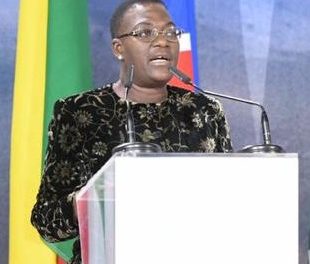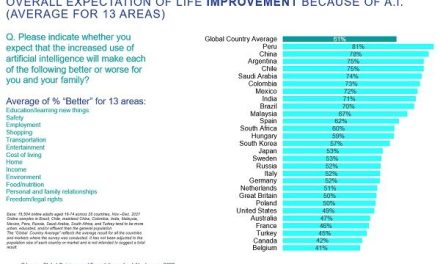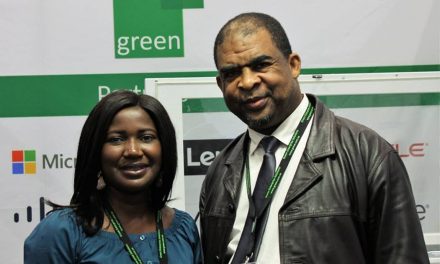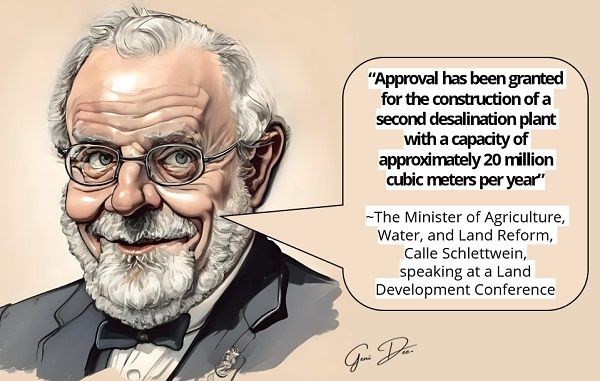
Communications regulator prepares industry for 5G connectivity
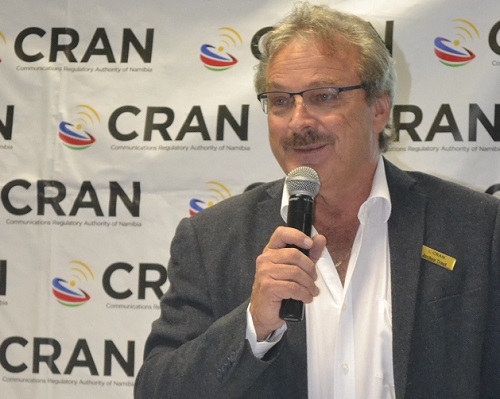
The Communication Regulatory Authority of Namibia, CRAN, last week assumed a more conciliatory stance towards communications and internet operators when it presented an informative workshop on the regulatory issues for the introduction of so-called fifth generation digital connectivity, or 5G for short.
Earlier this month, CRAN created a major upset in the market by forcibly disrupting commercial networks in a dispute with a single, large network provider. The 30-hour blackout of all commercial systems dependent on these networks caused massive losses, for which two leading service providers told the Economist they are pursuing their legal options to hold CRAN accountable for the enormous damage.
Therefore, not to catch the industry unawares, CRAN, in conjunction with LS Telcom, organised a workshop to give telecommunications service providers insight into 5G technology capabilities and its spectrum requirements. The workshop also gave an overview of the current trials being conducted around the world for 5G, as well as the regulatory frameworks required to allow the effective implementation of 5G technologies in Namibia.
The workshop was held last Friday, 23 June 2017 at Heja Lodge near Windhoek.
“Namibia was elected as the supporting country to South Africa in respect of the World Radio Conference (WRC-19) agenda related to International Mobile Technology (IMT) services, which include 5G implementation and 5G spectrum related requirements. The workshop provided a platform for stakeholders to jointly craft strategies that will ensure the speedy and effective implementation of 5G in Namibia”: said Jochen Traut, Chief Technical Officer at CRAN.
“The success of 5G in Namibia is dependent on the collaboration and innovation of all telecommunications industry players. Investment in 5G will, in the long haul, enable mobile application and telecommunications service provider to connect simultaneously at any time. 5G also achieves more efficient spectrum use, higher data rates, lower latency and ubiquitous connectivity. It is extremely reliable, near to universal coverage and its high speed mobile broadband can cost-effectively support growing data traffic demand, such as video downloads, and better support low-power Internet of Things (IoT) solutions, stated Traut.

























